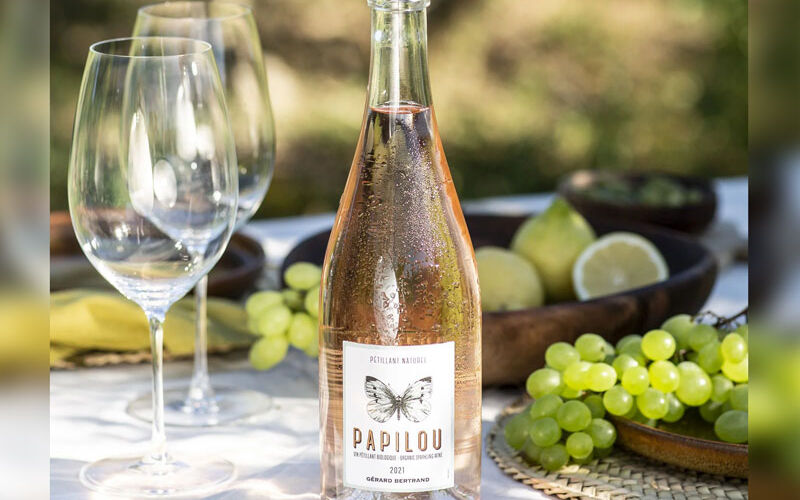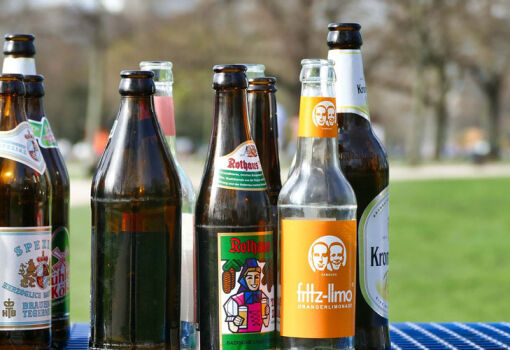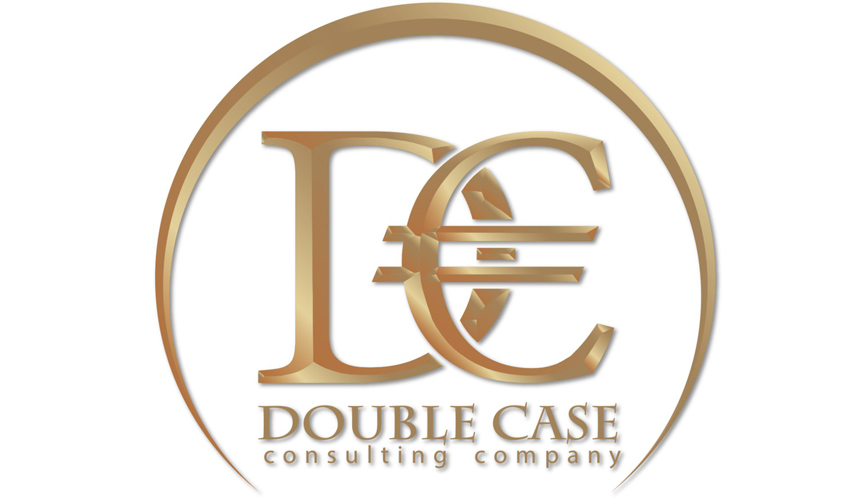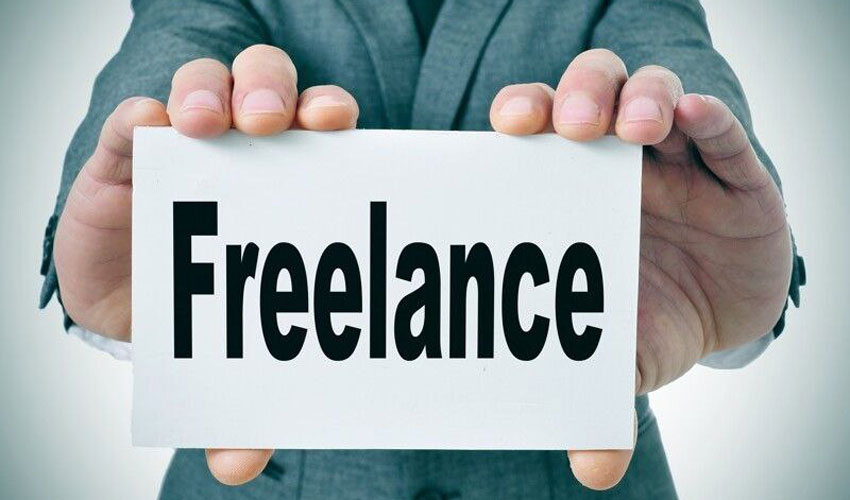
Moreover, domestic winemakers are willing, able and able to produce it. But, in Moldova, pet-nat is illegal. There is no such type of product in our regulatory framework, so it cannot be certified and cannot be sold. And well-known foreign consultants advise the participants of the industry: “Be bolder, more creative, more flexible, catch the fresh wind!”. By the time our winemakers catch it in the conditions of local bureaucracy, the whole world will have already gone the other way.
In different countries they produce pet-nat without bothering about any technological instructions, because there are none. Pétillant Naturel (full name) is a sparkling wine made by the oldest method – méthode ancestrale (translated from French as “ancestral method”). The first sparkling wine was invented in 1531, in Limoux, France, as a result of climatic conditions. The fermentation of the wine continued until the cold weather set in. Then it was bottled. And in the spring with warmer weather, fermentation would resume, creating a naturally sparkling wine.
Modern pet-nat emerged in the Loire Valley in the late 1990s. Winemaker Christian Chaussard began experimenting with a new philosophy of organic viticulture and minimal intervention in the cellar. He bottled a wine with residual sugar that accidentally started to re-ferment. He liked the result, and Chaussard named the wine pet-nat. Thus the method was revived, and the name of a fashionable category of sparkling wines was born.
“Pet-nats” became very popular as an alternative to traditional sparkling wines. Due to the fact that any grape varieties are used for them, a huge variety of these wines is obtained. The essence of the technology is very simple – the natural fermentation of must in the tank is interrupted by cold, the wine is bottled, corked with crown corks, and the fermentation is completed in the bottles. The lees may or may not be removed. These wines are loved for their minimal winemaker intervention, freshness of aromas and flavors, and democratic price.
In Moldova, Vladlen Ujacov (Vinum) was the first to experiment on this topic. In 2019 he showed his results, consumers liked them very much. Vladlen named his wines Spumant Viu. By the way, a beautiful name as a kind of Moldovan “petnats”. According to the winemaker, interest in this product is constantly growing, and colleagues would be happy to make them. But it is impossible to certify them as pet-nat, only as ordinary sparkling wine. Therefore, this niche is not developing in Moldova, although it would be very interesting both for tourists and local fans.
Famber Winery, a small producer, produced its first pet-nat from Riesling Rhenish in 2023. An importer from Poland was interested in it. Based on the contract with him, the Moldovan certification center issued a Vi1 certificate for “petnat” with sediment. In the documents, the product is recorded as vin spumant nedegorjat.
In order to sell such wine on the Moldovan market, it must be degorged and sold completely transparent. And no pet-nat on the label, only spumant, which deprives the product of any meaning. And if a winery wants to be in the world trend, it produces an illegal product.
Logos Press asked the Ministry of Agriculture and Food Industry if there are plans to introduce this type of product into domestic legislation.
“There has been no such request from the industry,” says Liliana Daskaliuk, head of the service of the Ministry of Agriculture and Food Industry. – To include “petnat” in the national act as a product category, we need to have some of its characteristics. Where are we going to get them from? Producers who are interested in it should provide some document based on the practice of “petnat” production in some country. When we define the conditions for production, not the least of which is the safety of the product for consumers. For export, they can produce “petnates” on the basis of a contract with the importer, and the certificate is issued on the basis of a document from the country of destination.”
In this regard, there is one nuance – “petnats” are produced by small wineries, they do not have a staff with marketing and certification specialists. Winemakers themselves often grew up from amateurs, they do not have enough professional knowledge to justify something competently. And large wineries are not interested in “petnats”.
To help domestic small producers, Logos Press found a regulatory document that can be taken as a basis – Cahier des Charges de l`Appellation d`origine contrôlée “Montlouis-sur-Loire” (Task Notebook for the controlled appellation of origin “Montlouis-sur-Loire”, which was approved by order on June 8, 2020).
For example, in this zone, wines are produced from the Chenin blanc grape. The minimum planting density of the vineyard is 6,250 vines/ha. The yield for sparkling wines produced by single fermentation is 52 GL/ha. Sugar content of grapes for them should be not less than 178 g/l. The minimum natural wine strength is 11%. Direct pressing of grapes without preliminary separation of ridges or crushing of berries is used. Clarification of must using enzymes or enzyme preparations is prohibited. The wines are made without enrichment or the addition of yeast. Fermentation begins in vats or barrels; controlled by refrigeration. Carbon dioxide saturation occurs only in glass bottles from partially fermented must. Degorgement is mandatory (after a minimum of nine months from the harvest date). The volume lost during this operation is replenished from the same batch of wine.
For Moldovan “petnats” it is not necessary to copy everything. For example, such a long aging is not necessary. The conditions should be set in such a way as is convenient for our producers.













